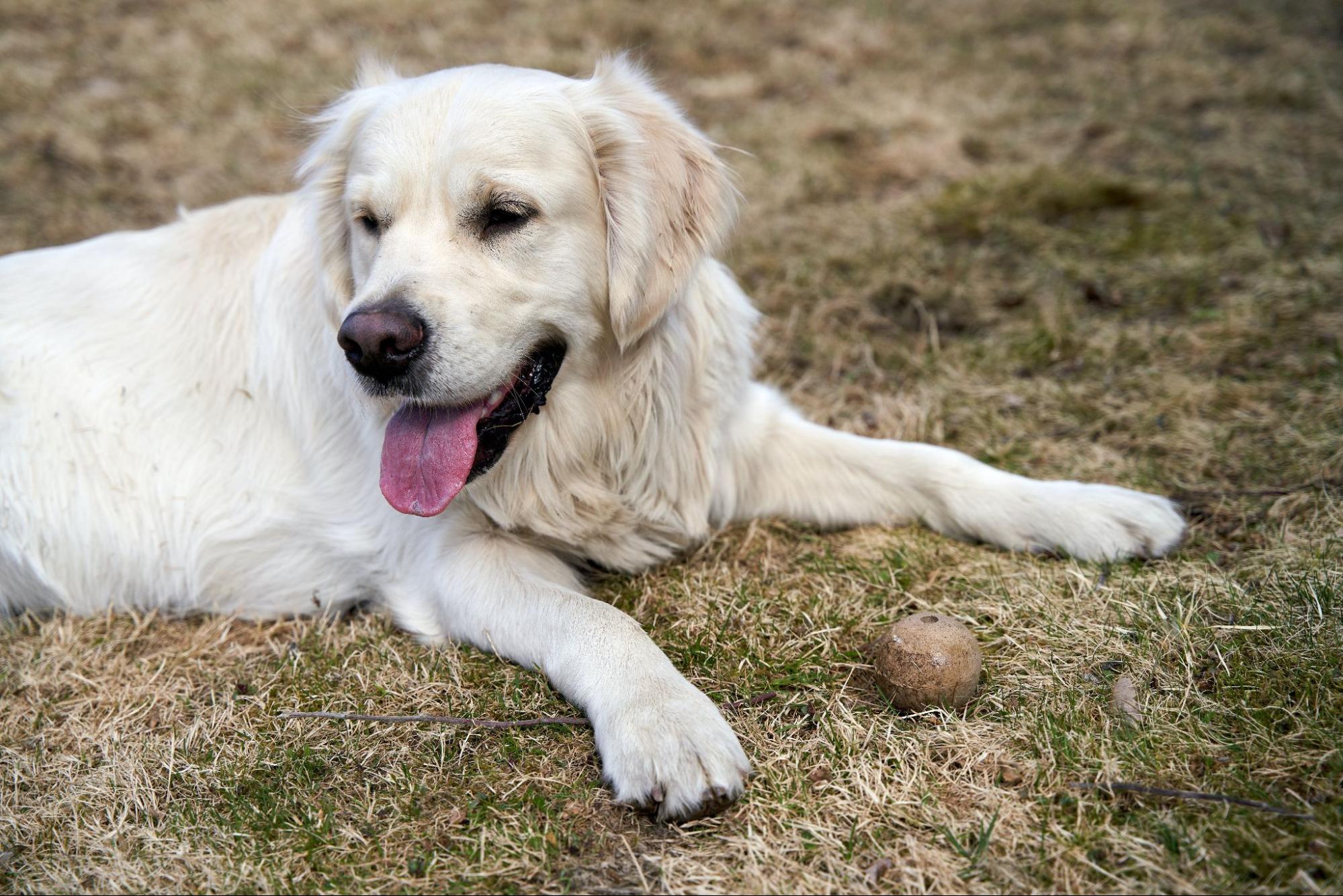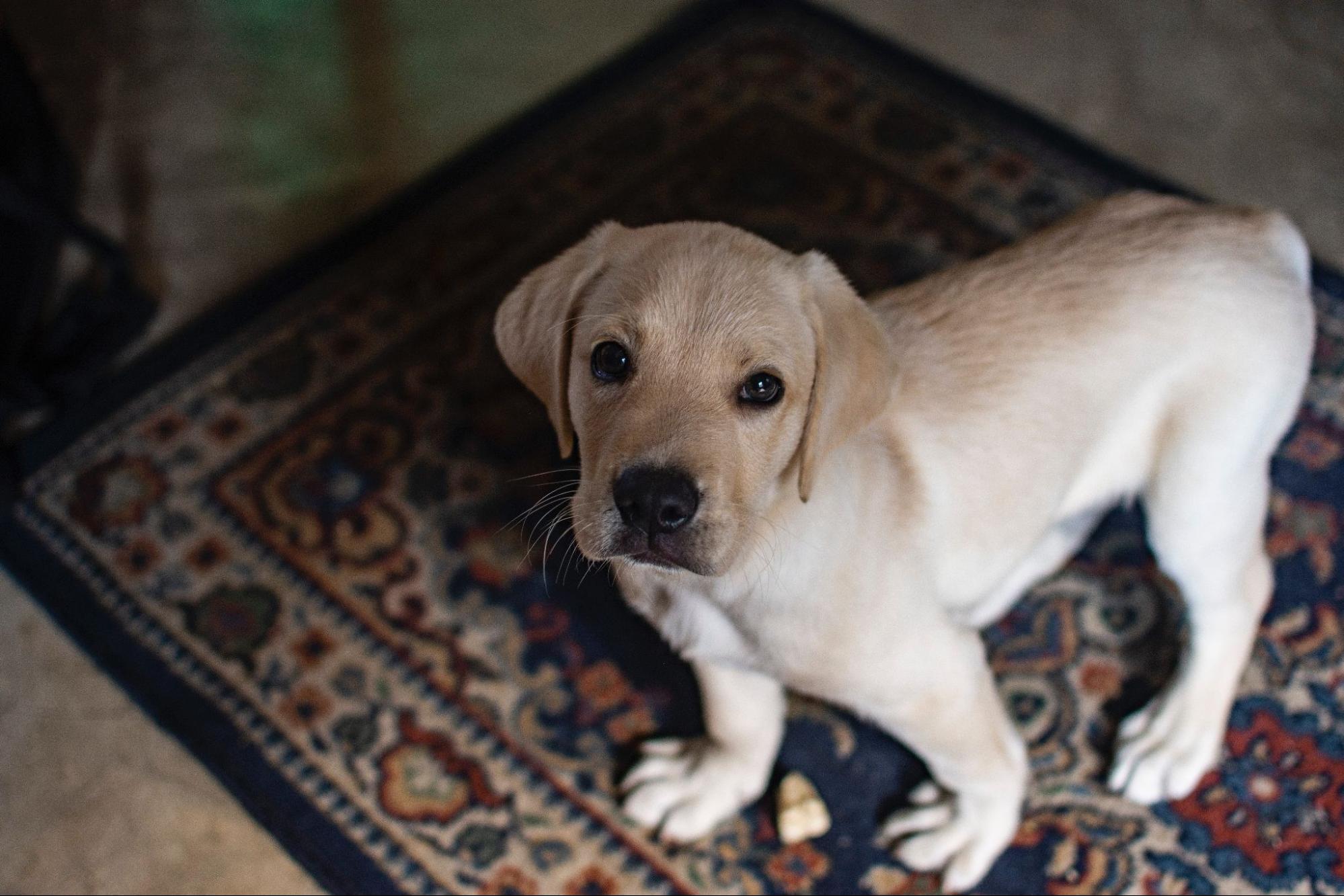How to Train Older Dog to Use Pee Pad
If you’re struggling with how to train your older Labrador to use a pee pad, I can offer some guidance. It’s not uncommon for senior dogs to experience difficulty holding their bladder, making pee pad training a practical solution. With patience and consistency, you can successfully teach your furry friend this new behaviour.
Firstly, choose an appropriate location in your home for the pee pad. It should be easily accessible and away from food and sleeping areas. Introduce your Labrador to the pad by placing it on the floor and encouraging them to explore it. Use positive reinforcement such as treats or verbal praise when they show interest or sniff around the pad.
Next, establish a consistent routine for bathroom breaks. Take your dog to the designated spot regularly, especially after meals and naps. Keep an eye out for signs that they need to go, such as circling or sniffing around. When they use the pee pad correctly, reward them immediately with praise and treats.
Accidents may happen during the training process, but it’s crucial not to scold or punish your older dog. Instead, clean up any accidents thoroughly using an enzymatic cleaner that eliminates odours completely. This will help prevent repeat accidents in the same area.
Remember that every dog is unique and may require different amounts of time to fully grasp this new behaviour. Stay patient, consistent, and positive throughout the training process with your older Labrador. With time and effort, they’ll learn how to use the pee pad reliably.

Understanding the Needs of Older Dogs
As a dog owner, one of the challenges you may face is training your older Labrador to use a pee pad. It’s important to understand their needs and adjust your training techniques accordingly. Here are a few key points to consider:
- Age-related factors: Older dogs may have certain physical limitations that can affect their ability to hold their bladder for extended periods. Just like humans, as dogs age, their muscles weaken and they may experience incontinence or difficulty controlling their bladder.
- Establishing a routine: Consistency is crucial when it comes to training older dogs. Establishing a regular feeding schedule and taking them out for bathroom breaks at specific times throughout the day will help them adapt more easily to using pee pads.
- Choose the right pee pad: Not all pee pads are created equal, so it’s essential to choose one that suits your Labrador’s needs. Look for absorbent pads with leak-proof backing to prevent any accidents from seeping through onto your floors.
- Positive reinforcement: Older dogs respond well to positive reinforcement techniques during training sessions. Reward them with treats, praise, or even playtime when they successfully use the pee pad as intended.
- Gradual transition: If your Labrador is used to going outside for bathroom breaks, transitioning them to using a pee pad indoors might take some time and patience on your part. Start by placing the pad near the door they usually go out from and gradually move it closer indoors until they become comfortable using it inside.
- Accommodating frequent bathroom breaks: Since older dogs may require more frequent bathroom breaks due to reduced bladder control, be prepared for extra trips outside or changes of the pee pad throughout the day.
Remember, every dog is unique and may require slightly different approaches when it comes to training them on using pee pads as they get older. By understanding their needs and providing consistent training, you can help your Labrador adjust to this new routine and minimise accidents in your home.
Now that we’ve covered the importance of understanding the needs of older dogs, let’s move on to the next section – “Choosing the Right Pee Pad” – where we’ll explore how to select the best pee pad for your Labrador. Stay tuned!
